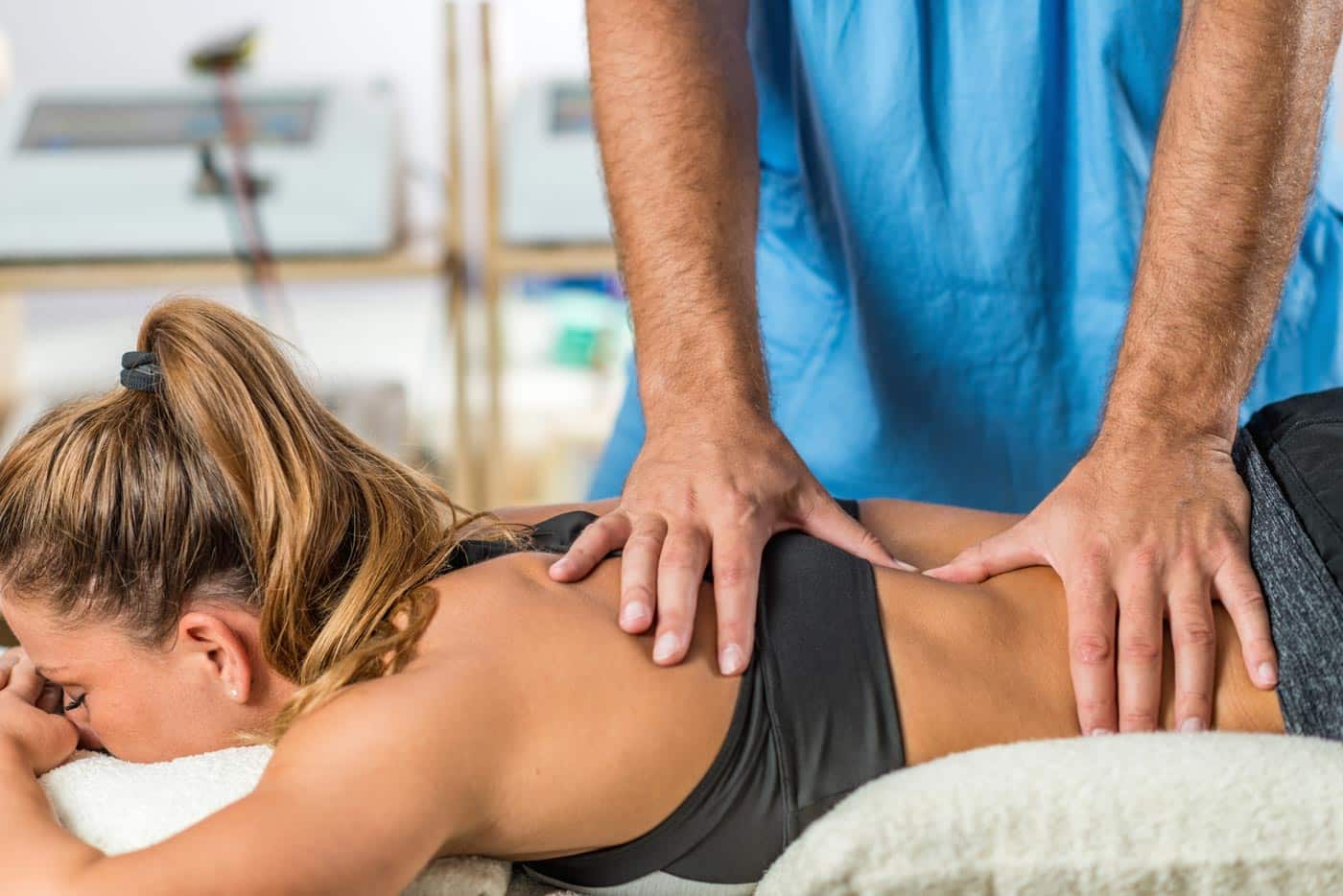 Back pain, especially low back pain, is so ubiquitous in America that experts report about 90 percent of the population will suffer back pain to some degree in their lifetimes. Your back pain specialists at the Southeastern Spine Institute (SSI) near Charleston, South Carolina, devote the majority of their practice to treating back pain in all its forms.
Back pain, especially low back pain, is so ubiquitous in America that experts report about 90 percent of the population will suffer back pain to some degree in their lifetimes. Your back pain specialists at the Southeastern Spine Institute (SSI) near Charleston, South Carolina, devote the majority of their practice to treating back pain in all its forms.
And while treatment varies depending on your diagnosis, almost all conditions receive some level of physical therapy (PT). And fortunately, you don’t have to go anywhere other than SSI’s new Mt. Pleasant medical campus to get the best physical therapy for back pain.
The Goals of PT
In general, the goals of physical therapy for back pain are to:
- Reduce your pain and discomfort
- Improve your mobility and functioning
- Educate you on the mechanics of your back
- Teach you how to maintain your back health
- Provide you with a plan to prevent further problems
Since the spine physicians at SSI always begin treatment for your condition with the least invasive options, physical therapy is often one of the first steps in your healing process. And almost everyone who’s received treatment at SSI is encouraged to participate in physical therapy after a procedure. Once you’ve had a back problem, you’re at a high risk of experiencing it again.
Passive PT Modalities
At SSI, the physical therapists are back pain experts, working with every kind of condition and all types of people, including varying age ranges and degrees of mobility. You undergo two types of physical therapy for back pain: active and passive.
Passive physical therapy is named that because it’s something the therapist does to you. It may consist of:
- Transcutaneous electrical nerve stimulation (TENS) consists of sending a tingling sensation of current to the painful area in your back to relieve pain. It’s completely safe and painless.
- Ultrasound sends sound waves to penetrate damaged soft tissues and speed up healing. It’s especially effective for acute back pain.
- Iontophoresis is a topical means to deliver steroids through your skin to reduce inflammation. This is also a beneficial modality for acute pain.
- Cold and hot therapy may be used alternately to decrease muscle spasms and relieve pain. You may find more relief from one over the other.
Active Physical Therapy
You participate directly when you receive active physical therapy for back pain. Active PT involves exercises designed to rehabilitate your back. It typically includes a three-fold approach that includes:
- Stretching. You learn how to safely and painlessly stretch your hamstring muscles, which are those large connective tissues that run from your knees to your hips. Tight or underdeveloped hamstrings directly impact lower back pain, and you should stretch them daily as part of your regimen of physical therapy for back pain, as suggested by your therapist.
- Strengthening. Your core muscles protect your spine and allow you to have full mobility without straining your spine. Your physical therapist plays a significant role in teaching you specific core strengthening exercises that target your specific needs.
- Low-impact aerobics. Long-term back pain relief is best achieved when you alternate between strengthening and aerobic exercises. Your physical therapist works with you to find the best solution to suit your condition and your lifestyle. The most common forms of low-impact aerobics as part of your physical therapy for back pain regimen include walking, cycling and water therapy.
